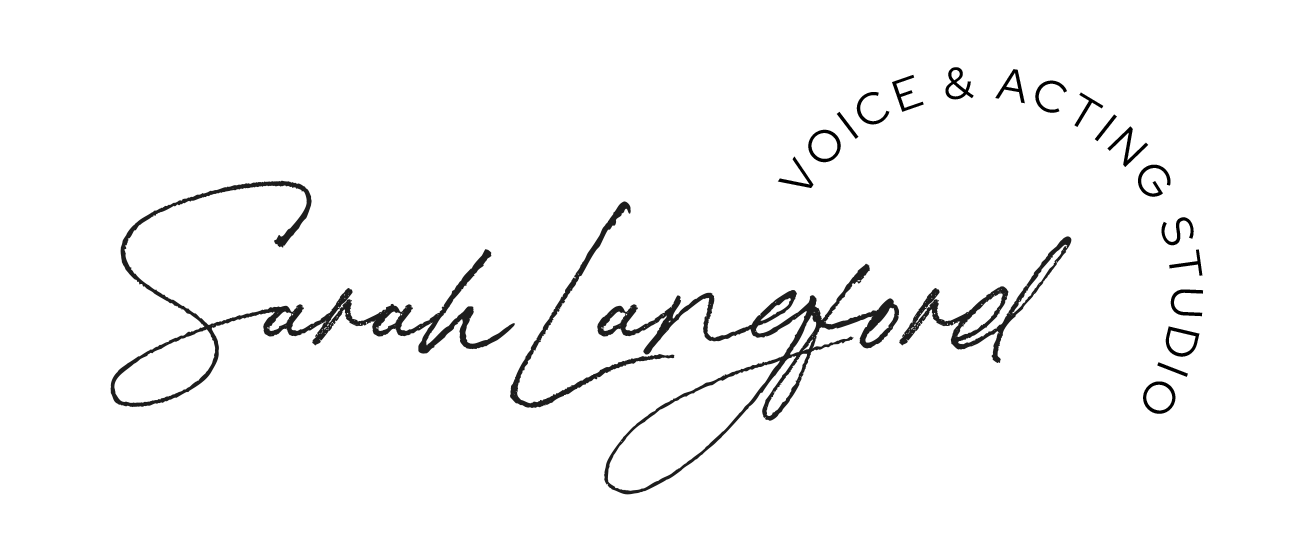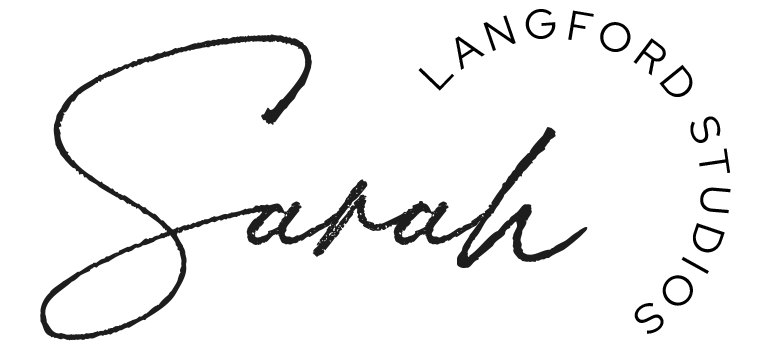10 Remedies to Release your Tense Locked Jaw and Recover from Trismus
I’ve enjoyed some fun times ( sarcasm) in these last six weeks with a locked jaw- diagnosis of TRISMUS. I developed this locked jaw two days after receiving an inferior alveolar nerve block for a routine procedure for broken tooth restoration. I woke up 48 hours after the freezing came out with a significantly restricted mouth opening and severe medial pterygoid muscle pain when I opened beyond the restriction; however, I had no swelling, lymphadenopathy, or fever.
WHAT IS TRISMUS.
Trismus or Lockjaw is a bilateral restriction in mouth opening. It is a medical condition in which the normal motion of the mandible ( jaw) is reduced as a result of sustained, tetanic spasm of the masticatory muscles mediated by the trigeminal nerve. It causes spasms in the mastication muscles, which we use to chew. The muscles tighten and shorten, which hinders the movement of the temporomandibular joint. We have two temporomandibular joints; one on the left and one on the right side of our faces, just in front of the ears. The temporomandibular joints act as hinges, facilitating smooth movement of the jaw when it opens and closes. In my case it was caused by a dental procedure, an inaccurate nerve block injection procedure, puncturing medial pterygoid muscle or vessels,
My experience was that I could not open my mouth, at first more than the size of a pencil or straw. I could hardly squeeze a straw in to drink some water. My jaw was literally locked. After two weeks of anti-inflammatory medication, muscle relaxants ( robaxacet) , heat, and stretching I managed to get it open to a 1 finger spread its severe pain. I’m now at the six-week mark and have managed a two-finger spread with a lot of work. My goal is to return to where I can yawn freely, bite a sandwich or a burger, and be able to demonstrate how one doesn’t need to open their mouth to a three-finger spread for singing!
Mouth opening varies from person to person. Usually one can open 35-55 millimeters. This distance is usually equal to the width of three fingers. It's not that singers need their mouths open that wide very often but the inability to stretch, yawn, and simply bite into a sandwich has been quite shocking.
Here are my REMEDIES FOR RELEASING A TENSE JAW
First and foremost seek medical opinions. Rule out infections and find the causes and complications.
EXERCISES
Breathe normally. Do not hold your breath during the exercises.
Massage Your Jaw Muscle (Masseter Muscle) Place your index and middle finger on your cheek bone. Run your fingers down over your masseter muscle, which ends at your bottom jaw. As you move your fingers find points that feel tender or tight. Massage each area in a circular direction for 30 seconds. Circulate gently to stimulate blood flow.
To keep your jaw muscles relaxed all the time, avoid clenching your jaw when stressed or out of habit.
Using a mirror, exercise your jaw muscles. Mirrors help so you can see what you are doing. These active range of motion exercises should cause a stretching sensation but should not cause pain. Sit or stand. Hold each position for 3 seconds. Repeat 5 times.
Open your mouth as wide as you are able. Move your jaw to the left. Move your jaw to the right. Repeat each position once more. Stretch to each side for 30 seconds.
Combine these movements to move your jaw in a circle. Open and close your mouth as you rotate your jaw from left to right. Make 5 circles. Repeat the circle in the other direction. Make 5 circles.
Passive stretching exercise. Place one thumb on your upper teeth in the middle of your jaw. Place the pointer (index) finger of your other hand on the lower teeth in the middle of your jaw. Stretch your jaw open by pushing your bottom jaw down with your pointer finger. Hold this stretch for 30 seconds.
Bend your head forward Hold this position for 30 seconds, then relax. Bend your head backward. Hold this position for 30 seconds, then relax. Turn your head to the right. Hold this position for 30 seconds, then relax. Turn your head to the left Hold this position for 30 seconds, then relax.
Shoulder blade squeeze Do this exercise 3 times every day. Tuck your chin in (just like in the chin tuck exercise above). Push your shoulders down and away from your ears. This stops you from shrugging. Squeeze your shoulder blades together as tightly as possible Hold this position for 5 seconds, then relax.
If you have Trismus, take a muscle relaxant one hour prior to trying to open the jaw. Lie on the floor and let your mouth completely go. Use your thumb on your jaw to move it side to side and then manipulate the open. Stretch! If you have trismus you will have some pain so take some over-the-counter ibuprofen for the inflammation and chase it with Tylenol if it’s severe pain.
Find a good physical therapist. Physical therapy treatment objectives include removing edema, softening and stretching fibrous tissue, restoring circulatory efficiency, increasing muscular length and strength, and ultimately recovering a full functional range of motion.
I hope these. tips help you. Contact me for singing lessons where we can discover healthy habits for your jaw and free up that glorious voice of yours.

